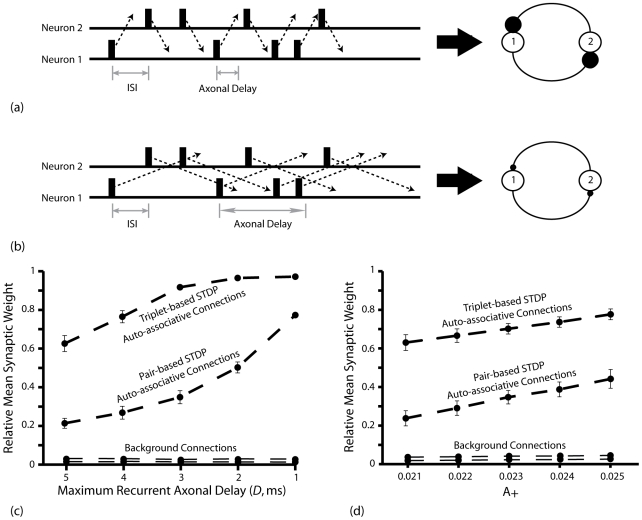Figure 4. Effects of Axonal Delay and Profile of the Asymmetric Learning Window on Auto-associative Learning.
(a) Action potentials in bi-directionally connected neurons are more likely to reach the pre-synaptic terminal before the end of synchronous (but stochastic) complex bursts, and therefore induce the potentiation of inter-connecting synapses, if axonal delays are shorter. (b) Conversely, action potentials in each simulated neuron are more likely to arrive at the pre-synaptic terminal after the end of synchronous (but stochastic) complex bursts, and therefore induce depression of the inter-connecting synapses, if axonal delays are longer. (c) Relative mean synaptic weight (w/wmax) of auto-associative and background connections (i.e. between neurons that are in the same or different patterns respectively) produced by the BCM type STDP rules following ten traversals of the theoretical route described in Figure 3a with a varying scale of axonal delays (D). Data is averaged over 50 separate simulations. (d) Relative mean synaptic weight (w/wmax) of auto-associative and background connections produced by the pair- and triplet- based BCM type STDP rules following ten traversals of the theoretical route described in Figure 3a with varying values of A+ and therefore different positions of the theoretical modification threshold (θm). Data is averaged over 50 separate simulations.

